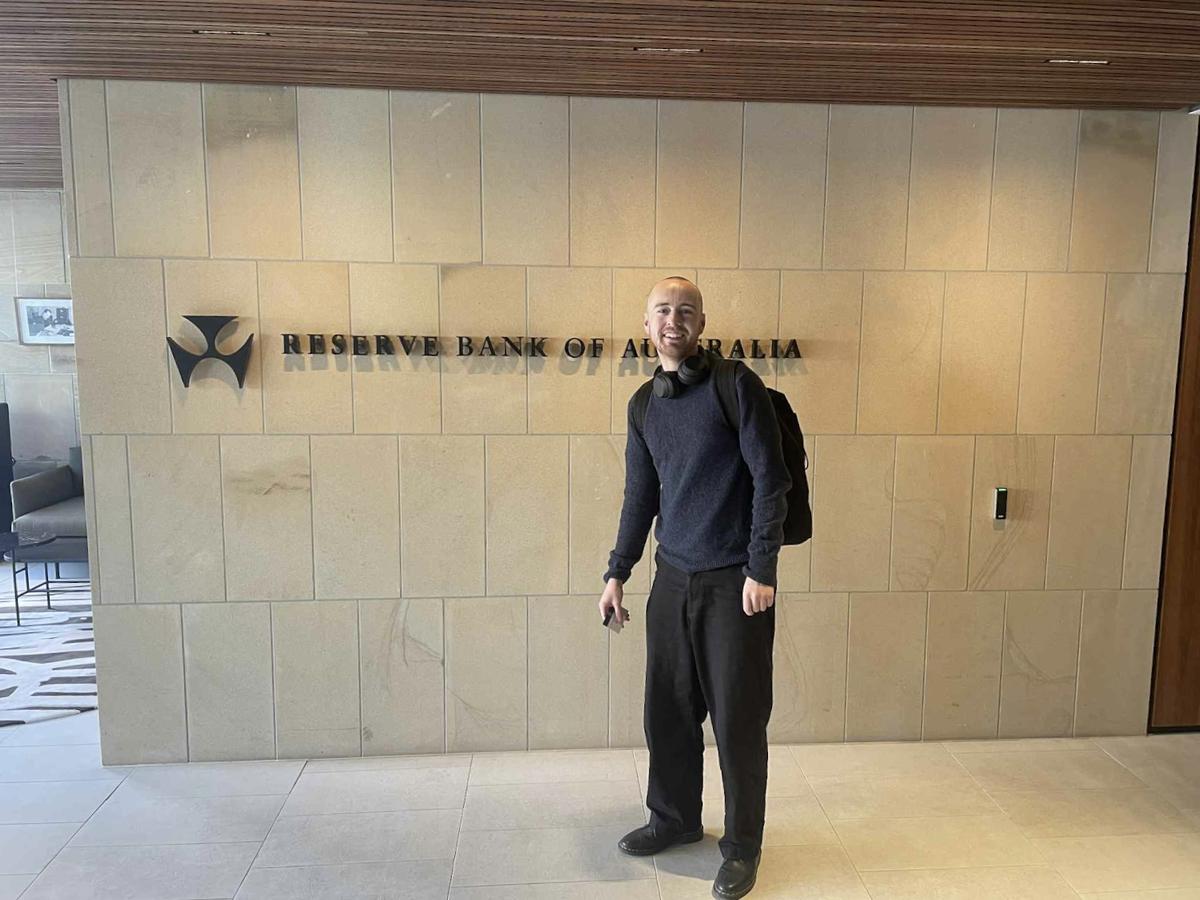HUMANITIES

TEACHER IMMERSION AT THE RBA
Over the holidays, I flew to Sydney to take part in the Teacher Immersion Event hosted by the Reserve Bank of Australia (RBA). This conference brought together educators from across the country to hear directly from some of Australia’s leading economists. The aim is to better understand the current economic conditions shaping our nation, and to bring this knowledge back to the classroom as students prepare for their end-of-year exams.
Right now, the key challenge for the Australian economy is keeping inflation, measured by the Consumer Price Index (CPI), within the RBA’s target range of 2–3%. Although inflation has fallen significantly over the past year (the current quarterly rate is 2.4%), it remains a delicate balancing act.
What is the cash rate?
The cash rate is the interest rate banks pay when they borrow money from each other overnight. Changes to the cash rate influence other interest rates in the economy, including those on home loans and savings accounts. When the cash rate falls, banks often pass on those savings to consumers through lower loan repayments. The difference between the cash rate and what banks charge customers is part of the bank’s profit margin.
Why hasn’t the RBA lowered the cash rate yet?
Many economists expected a cash rate cut at the most recent meeting, but the RBA held firm. As an independent body, the RBA can make decisions that aren’t always popular but are based on long-term economic stability. While inflation has been within the target range for the past nine months, the RBA noted that more consistent quarterly data is needed before making a third rate cut in such a short period.
What’s next?
No one can say for sure, but many economists are still predicting two more rate cuts before the end of the year. If the cash rate drops to 3.35%, one full percentage point lower than its 2024 peak, the average mortgage holder could save almost $400 per month in repayments.
Mr Riley Price
VCE Economics Teacher


